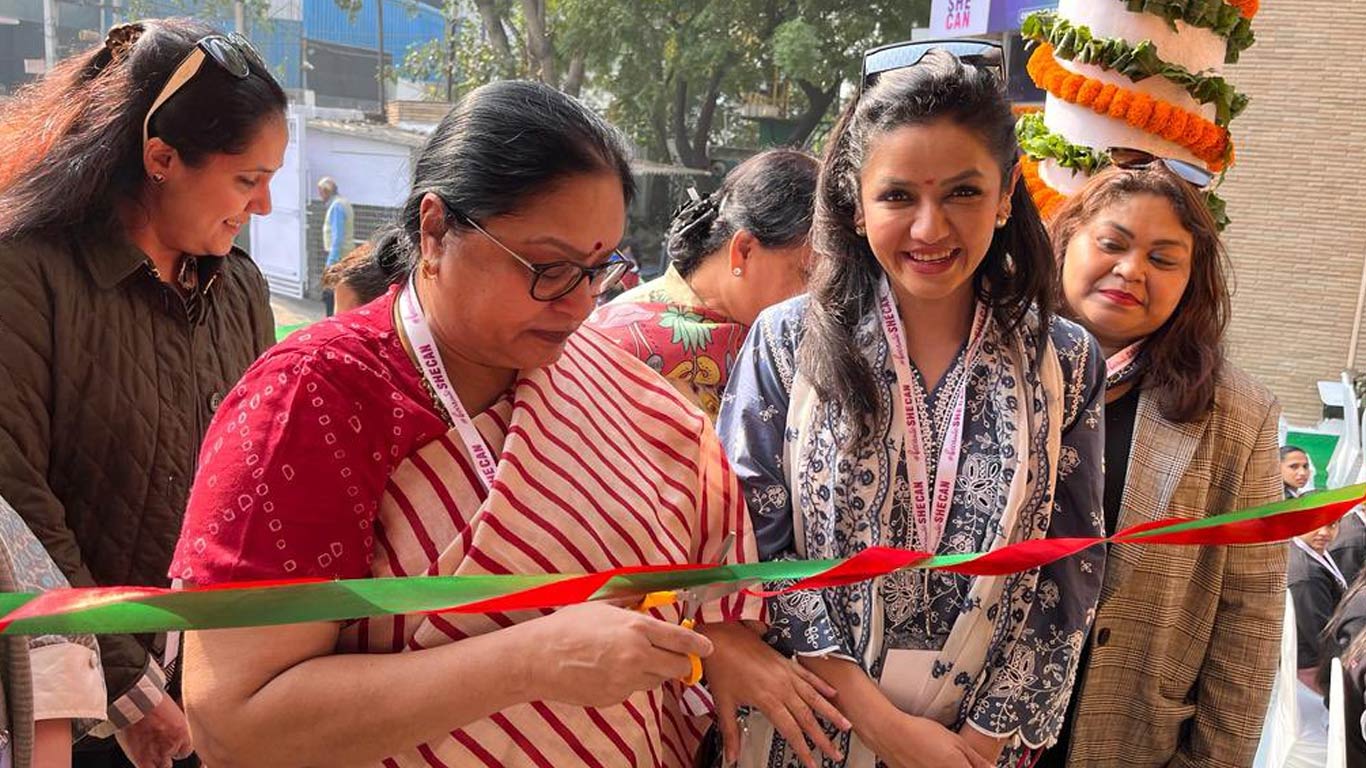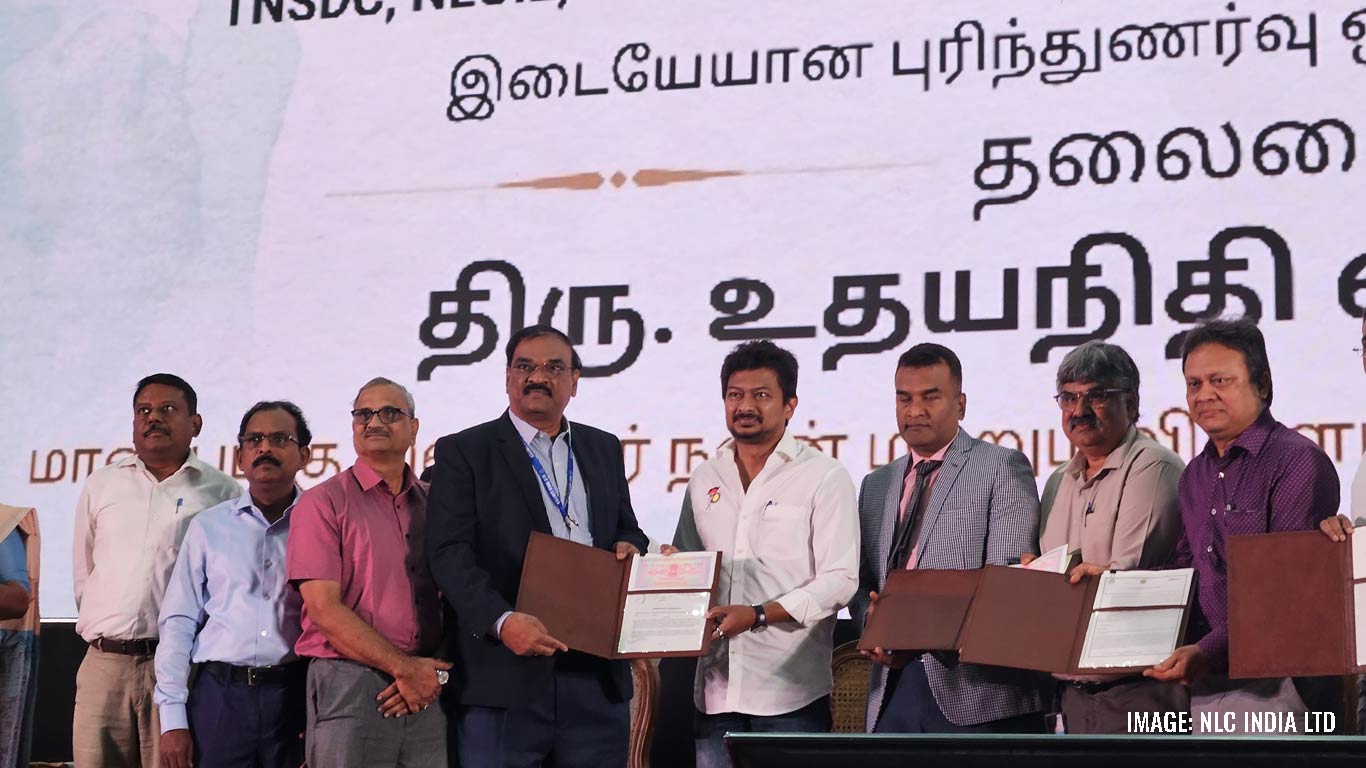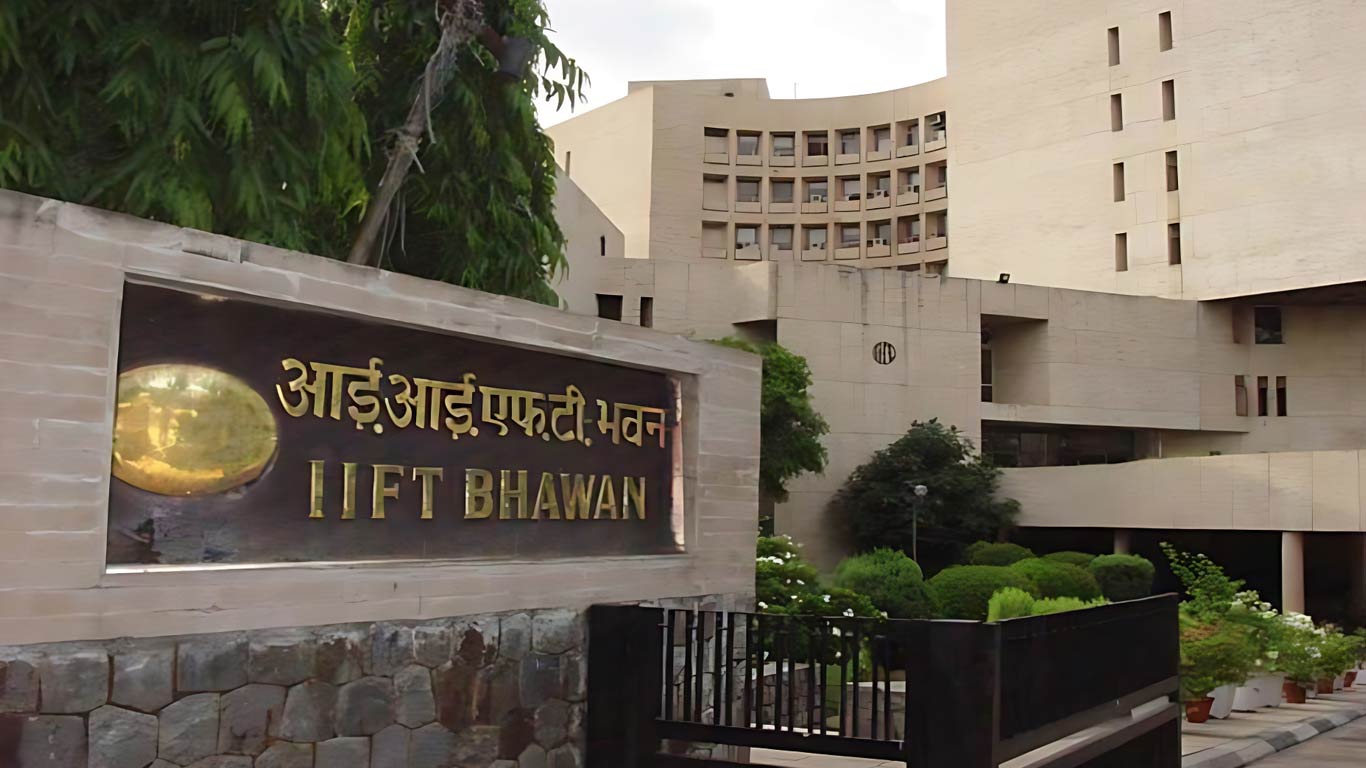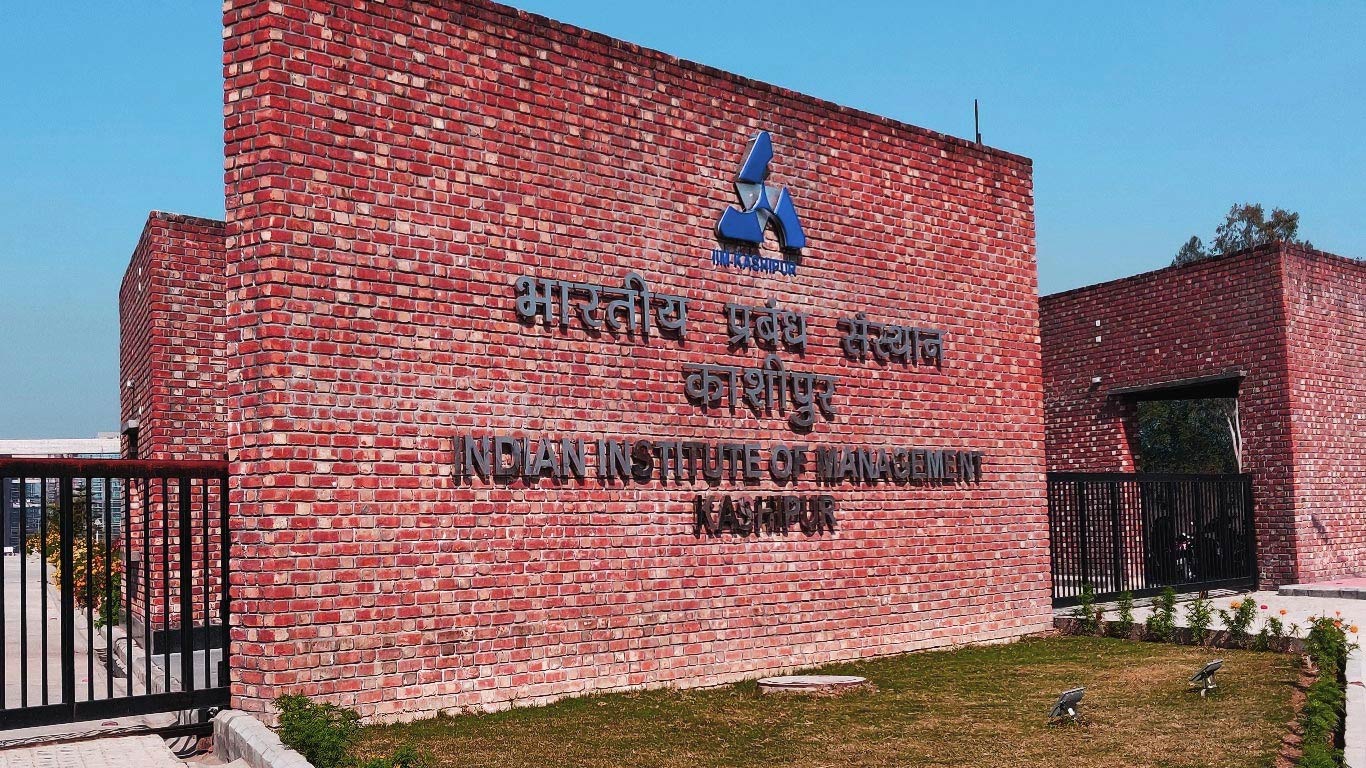Innovative water-harvesting techniques improve water supply for over 3300 families
Updated: Sep 18, 2014 01:53:52pm

The project, an EU-funded Community-based Sustainable Ground Water Management (SuGWM) project was initiated in July 2011 in six drought-prone Gram Panchayats (GPs), and was implemented by the Centre for World Solidarity (CWS) and three local partners and supported by European Union and Bread for the World, as per the e Newsletter of the Delegation of the European Union to India.
According to Project Director, SuGWM, Rama Mohan there were 418 dry and defunct bore wells in the area out of the total of 1151 in 2011. The project has utilized existing infrastructure to augment recharge to groundwater by converting them into recharge wells.
“The technique involves digging a 10 ft x 10 ft x 10 ft around the existing bore well and filling the pit with filter material (such as boulders, stones, pebbles and sand) in layers. Small holes made in the casing pipe of the bore well before filling the filter material allow the water to seep in. Surface run-off from rainfall in upstream catchment areas is diverted towards this bore well recharge structure. The water passes through the filter material and clear water enters the bore well and directly reaches the underground aquifers.” Mohan said.
Each such structure costs around INR 40,000 and has a high benefit-cost ratio compared to the conventional method.
A farmer shows the way
Venkataramanappa, a farmer in Masakavankapalli village, Anantpur district, did not think he could make any income from his three-acre farm once his bore well dried up in June 2012, threatening the standing crop of groundnut, sunflower and his 150 mango trees. While he was contemplating migration to Bengaluru in search of work, a nearby city, SuGWM project convinced him to recharge his bore well using the innovative technique. Soon after the construction, it rained and the harvested water recharged his well. He not only saved his mango trees but also earned a good income from vegetable cultivation during the summer months of Feb-April 2013. After his success story, many more farmers came forward to contribute and build the recharge structures. So far 70 such structures have been built, with about 30 per cent of the cost being contributed by farmers.
Recognising the effectiveness of this technique, India's National Bank for Agriculture and Rural Development (NABARD), has approved the design and recommended it to commercial and rural banks in these states to for funding on favourable terms. This is a major recognition and breakthrough for the project, and is expected to facilitate the spread of this technique to thousands of farmers in future.
Bore well recharge sustains drinking water sources
Kotanka village in Anantpur district has many drinking water hand-pumps and two bore well sources to supply an entire village. With inadequate supply, women from 70 per cent of 634 households had to either walk long distances to fetch water or to buy water from private suppliers. The defunct bore well upstream of the two drinking water sources was taken up for recharge in December 2011. As a result of the augmented recharge to groundwater, most of the hand-pumps started functioning by December 2013, and the bore wells yielded enough water for everyone. Water now reaches the remote corners of the villages including the homes of scheduled caste families living on the periphery. This dramatic change has attracted many NGOs and Government Departments to the village and they are replicating the technique in other areas. (KNN Bureau)











